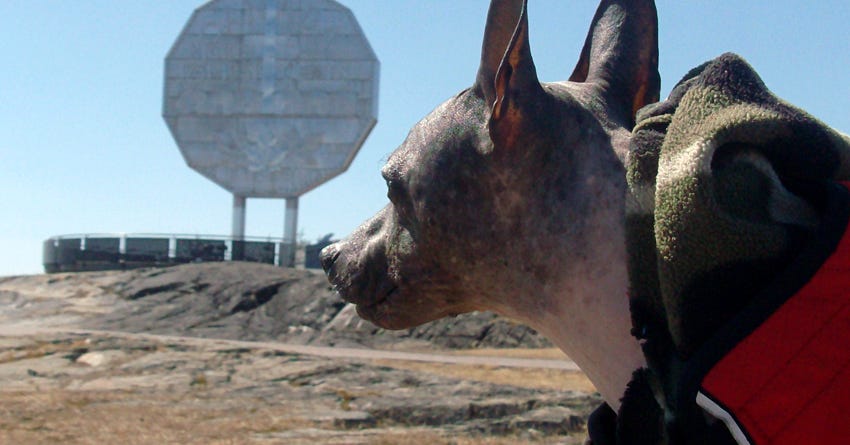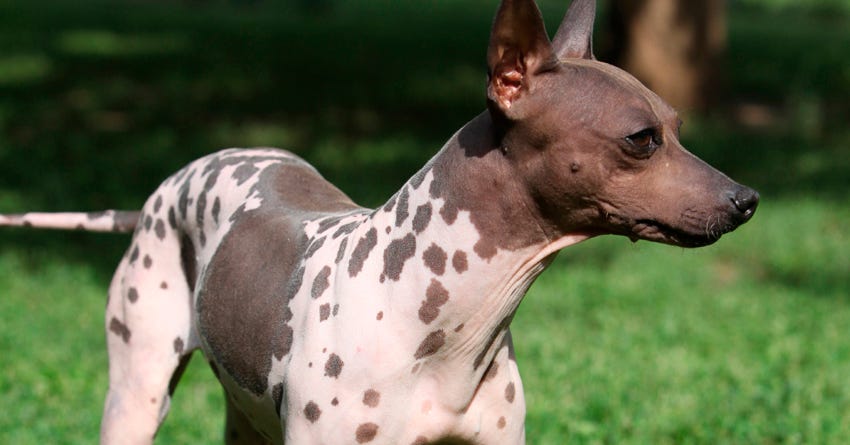What You Need To Know About Hairless Dogs

Hairless dogs require different care than their furry counterparts.
American Hairless Terrier
 ©istockphoto/Zuzule
©istockphoto/ZuzuleChinese Crested
 ©istockphoto/tsik
©istockphoto/tsikXolo
 ©istockphoto/alkir
©istockphoto/alkir
 ©istockphoto/Zuzule
©istockphoto/Zuzule ©istockphoto/tsik
©istockphoto/tsik ©istockphoto/alkir
©istockphoto/alkirBrowse our most loved healthy, human grade dog food, treats and topper recipes and get inspired to upgrade your dog’s bowl.
Browse our most loved healthy, human grade cat food and treat recipes and get inspired to upgrade your cat’s bowl.